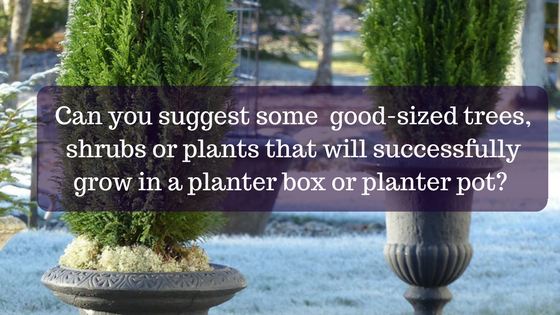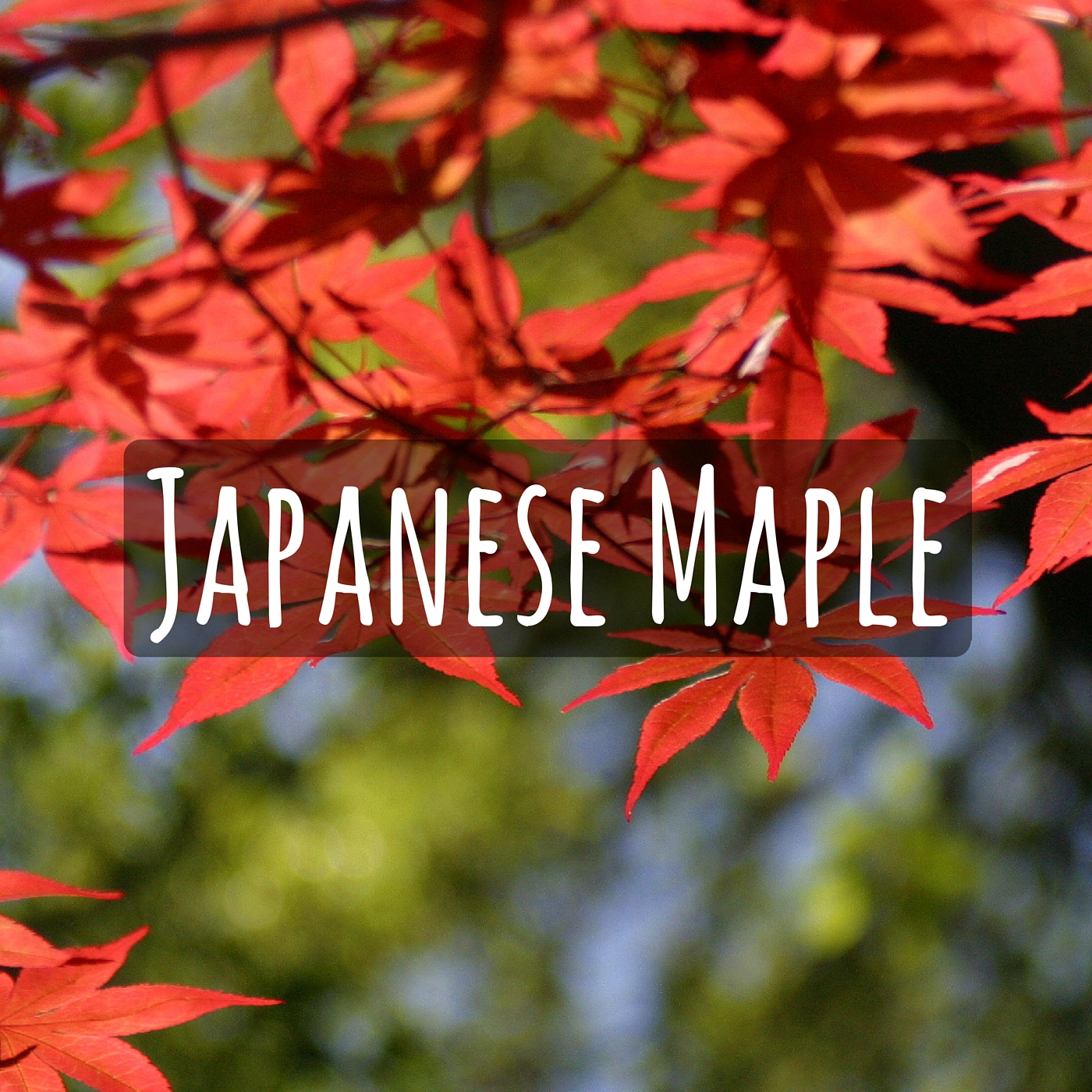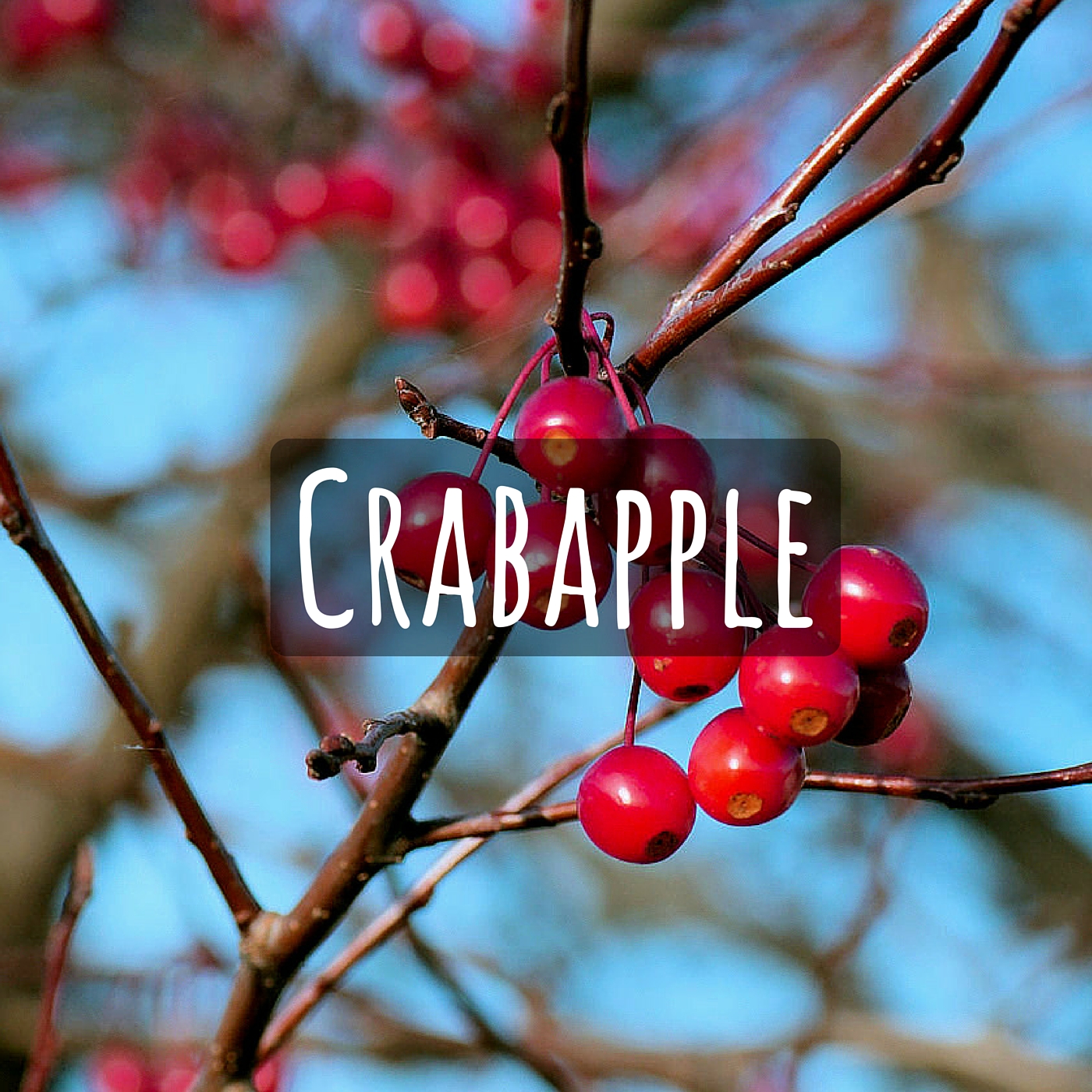
A nice trim tree or shrub in a handsome pot makes an elegant statement on a porch or patio. Growing trees and shrubs in containers can be a little bit more challenging than planting them in the garden, but it can be done if you pay close attention two main factors – water and temperature.
Water When they are planted in the ground, trees and shrubs can draw up a lot of water from the ground, but when they are planted in a pot they’ll need to get all their water from you. This makes good watering practices even more critical.
As always, the first step is to start with good soil. For container gardening, we recommend a mixture of Colorado’s Choice Potting Soil andColorado’s Choice B.O.S.S. This mixture will give you a light, well-drained soil that’s chock full of beneficial nutrients and organic material.
Once you have your tree planted in your pot or container, check the soil moisture often. To do this, just stick your finger into the soil about two inches deep. If the soil feels dry at that depth, give the pot a good soaking. Water until you see it pour out of the drainage holes at the bottom. If the soil feels moist, let the pot drain and check back the next day. In the hottest days of the summer, you might need to check a couple times a day – once in the morning and once in the evening.
Evergreens like Dwarf Alberta Spruce or Skyrocket Juniper also need to have their needles hosed down every once in a while. Evergreens lose a lot of moisture through their needles, especially during the winter and especially if they’re in a windy or exposed area. A quick shower helps rejuvenate the needles and wash away any bugs or fungus that might cause problems later.
Temperature Up out of the ground in pots, plant’s roots are much more exposed to the freezing air. You’ll need to make some special preparations to help your potted trees get through the winters. Here are a few ideas on how to keep your plants insulated throughout the cold months. -Choose the Right Pot When picking out a pot or container, bigger really is better. The bigger the pot, the more soil insulation the plant’s roots will have.
– Sink into the Garden When planted in the garden, plant’s roots have the natural insulation of the surrounding soil. If the space is available, some gardeners will just dig a hole in the garden and sink the whole pot into the soil for the winter.
– Wrap or Cover with Insulation Wrapping up the pots can also help keep the cold out. You can use old blankets, towels, burlap, bubble wrap or mound up straw around the pots.
– Move Into Unheated Shed or Garage A garage or shed makes a great winter home for your potted trees. Make sure the shelter is unheated. If the plant gets too warm it may come out of dormancy.
– Cluster Next to the House, Under the Eaves If you don’t have an unheated shelter, or the pots are too big to move a long way, you can slide them up next to the house and cluster them together for some protection.
Trees and Shrubs for Containers Technically, any plant can be grown in a container. As long as they’re getting all the water and nutrients they need, plants don’t know the difference. You can even plant them upside down for all they care! But there are some that do seem to do better in containers than others. Here’s a few of our favorites.

Dwarf Alberta Spruce These are the go-to container evergreen for many gardeners. Not only are the fairly compact and manageable, they have a great growth habit. They naturally form a neat, conical shape like perfect little Christmas trees! You’ll often see Dwarf Alberta Spruces trained into topiary shapes like spirals or balls, too.

Japanese Maple Japanese Maples are some of the most popular accent trees in the garden. Their graceful, year-round red foliage and compact size are prefect to give the patio or a courtyard area. Japanese maples tend to be a little on the delicate side, so they do best in a protected area of the garden, away from winds and hot sun.

Black Lace Leaf Elderberry If you want the Japanese Maple look, but have a more exposed yard, the Black Lace Leaf Elderberry is a great alternative. It has striking deep purple foliage that’s very similar to a Japanese Maple. It also blooms with pink flowers in the spring followed by deep red berries in the fall.Fun Fact Elderberries can be harvested and used to make elderberry wine or jam!

Dwarf LilacLilacs are garden favorites of course, but they can also do well in containers. Pick one of the smaller sizes like Miss Kim or Dwarf Korean for the best results.

Ornamental Grasses Super drought tolerant and easy to care for, ornamental grasses do great just about anywhere in the garden. A few pots filled with tall grasses like Karl Foerster or Hardy Pampas grass make a unique statement on a porch or entry way.

Boxwood Boxwoods are another favorite container evergreen. They’re very hardy and can be easily trained into uniform shapes, or even topiary, for a unique modern look. We’ve found ‘Julia Jane’ (a Korean variety developed at CSU) to be one of the hardiest boxwoods for the Denver area.

Upright Junipers Upright junipers tend to be tall and skinny, which make them ideally suited for pots and containers. ‘Skyrocket,’ with its thin columnar profile, has a classic, almost Mediterranean, look when planted in a pot on a patio or deck.

Crabapple If you’re looking for some blooms with your potted trees and shrubs, check out a dwarf crabapple. These hardy fruit trees burst into bloom early in the spring, exploding with delicate petals of whites and pinks.
